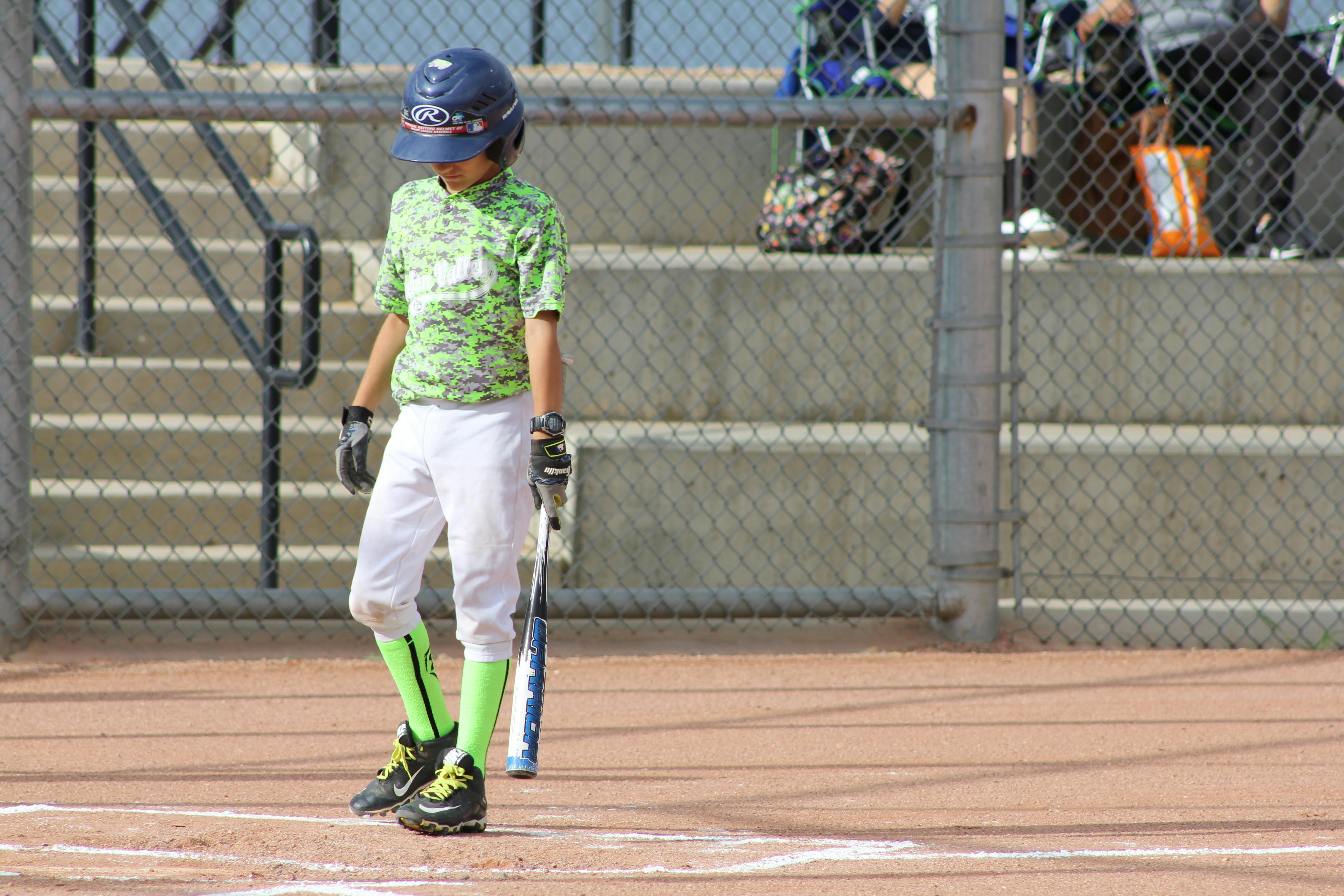The sport of cheerleading and its evolution
Before cheerleading became an integral part of professional sports as a way to help fans cheer for their team, it got its start at the college level. Over many decades, it has evolved not only as a competitive sport in its own right, but has also served as an emissary to draw attention to charitable causes and offer support in a variety of ways.
Cheerleading originated at the University of Minnesota. The first cheerleader was a student at the University of Minnesota named Johnny Campbell. During a football game, he stirred up the crowd by cheering, “Rah, Rah, Rah! Ski-u-mah, Hoo-Rah! Hoo-Rah! Varsity! Varsity! Varsity, Minn-e- So-Tah!” The date was November 2, 1898. The college later fielded a cheerleading squad made up of six male students who continued to wear Campbell’s original cheer. Although the cheerleaders were originally men’s squads, in 1923 women were brought in and eventually made up the majority of the participants. Cheerleaders soon began to include routines such as cartwheels, gymnastics, and the use of megaphones during football games.
In 1948, a former Southern Methodist University cheerleader named Lawrence Herkimer formed the National Cheerleading Association. It was created to hold cheerleading clinics, and in the 1960s, college cheerleaders held workshops across the country to teach cheerleading fundamentals to teenage girls in high school. In 1965, Fred Gastoff invented the vinyl pom-pom which was introduced in competitions organized by the International Cheerleading Foundation. Today it is known as the World Cheerleading Association. Organized cheerleading competitions sprung up everywhere until 1978, when CBS broadcast the first College Cheerleading Championships, bringing increased attention to the sport. Although cheerleading rarely received much attention during the 1960s, and cheerleading wasn’t exactly a reason to watch football, what did begin to emerge were organized professional cheerleading teams.
Before becoming the famous Dallas Cowboys cheerleaders, the Dallas Cowboys had a cheerleading team made up of male and female high school students called the CowBelles & Beaux. During the 1970 football season, Cowboys manager Tex Schramm decided to completely overhaul the cheerleading squad, making it an all-girls 18+ team, redesigning the uniforms, creating new dance-style cheerleading routines, and forming an overall sexier appearance. hopes of increasing attendance. The women not only had to be attractive and athletic when they auditioned, they also needed to possess raw talent as performers. The Dallas Cowboys cheerleaders made their first appearance on the sidelines during the 1972-1973 NFL seasons. Since then, they have appeared on many television shows, toured the US and abroad, and made regular appearances on USO tours in support of our troops.
Modern cheerleading has changed drastically from its original function of encouraging the audience to show support for the team. It has become a sport in itself, competing outside of sporting events as well. Cheerleaders are found in most American middle schools, high schools, and colleges with organized squads made up of students. Even colleges that compete in cheerleading competitions offer cheerleading scholarships.
Cheerleading teams began to emerge in the 1980s that did not have an association with a school or sports league. His main goal was solely competition. Divisions and teams were created and sponsored by many different organizations and companies. Competitions are judged on the difficulty and execution of routines including jumps, stunts, flips, creativity, showmanship, timing, and overall routine performance. These all-star team competitions are broadcast to global audiences that have drawn thousands of cheerleading participants from countries around the world.
Professional cheerleading has taken cheerleading beyond the realm of cheering at games. She has broadened her horizons by doing charity and philanthropy, television appearances, advertising, modeling, and motivational speaking. Cheerleaders have come a long way.
